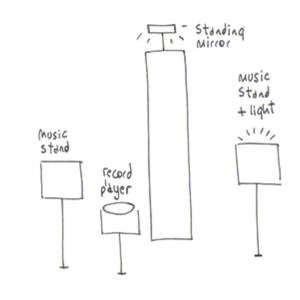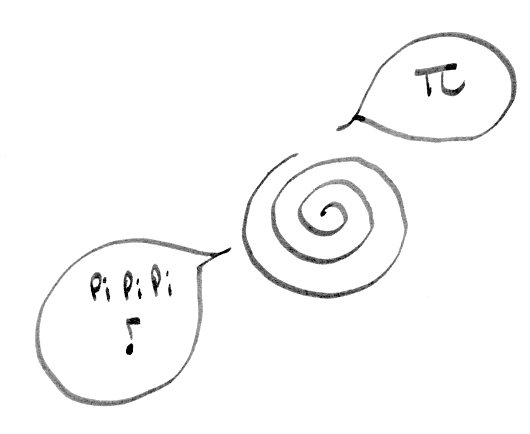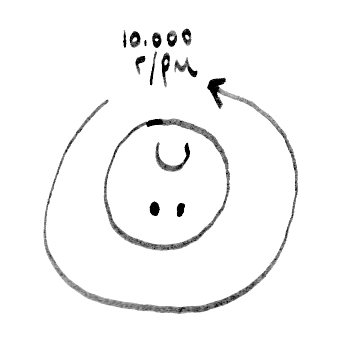Spiegeltjes (little mirrors) (2016)
5 pieces for clarinet, tape and objects
The tape can be replaced by a second clarinet OR by any other melodic instrument: transpositions can be applied.
The different pieces of this project can be played as a cycle or individually.
This cycle of pieces (five in total) is inspired by the renaissance Flemish composers and their use of mirror techniques. Most of them are written for a solo instrument in dialogue with a tape/vinyl pre-recorded by the same instrument. Duo versions replacing the recording for a second player, are very welcome.
The music score is not published yet. Please send me an email if you are interested in this work.
# 1. Spiegeltjes / little mirrors: is symmetrically split into two equal parts with a vertical line, organizing the musical material with retrogrades and inversion techniques. On a smaller scale, the clarinet plays in counterpoint with itself conforming little mirrors which are expressed in groups of notes with stems up and down.
# 2. Snel / fast: the recorded clarinet is partially duplicated by the live clarinet creating a new melody (a mirror with holes). Mirrors are not only present in the music but they also reflect the acoustical space. This intriguing “quasi unison” shapes the harmony of the piece. It is advisable to explore the acoustics of the hall finding the most appropriate location for both performers, which will be different in every venue.
#3. Zand / sand: the pre-recorded clarinet plays in counterpoint with the live one in canon. The multiphonic chords are shaped by this written delay creating interesting harmonies.
#4. Tekening / drawing: (two players), the flutists and a drawer who draws in the mirror in synch with the clarinet.
#5. Terug / backward: an evergoing melody is played back and forth, written in classical retrograde style.
The inclusion of real mirrors on stage creates not only visual duplications but a blind spot behind. The two performers have a different setup for each piece of the program playing with the mirror but also taking different locations on the space. Simple movements create very different scenarios and emphasize the acoustics of the hall in a “hide and seek” but “always listening” game.

Spiegeltjes (little mirrors) (2016) Read More »


